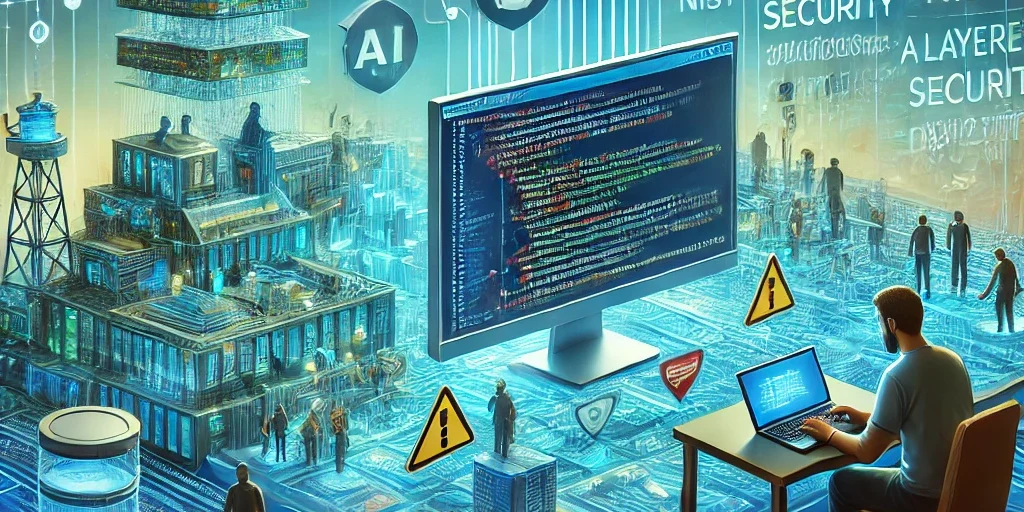When your software leaves the development environment and goes into production, the journey is only beginning. Contrary to popular belief, the work doesn’t end with deployment – it transforms into a dynamic, continuous phase where operations and maintenance take center stage. In this article, we’ll explore how to manage expectations after your product launch, covering topics such as monitoring, maintenance, change management, and compliance. Get ready for an engaging yet informative dive into a world that’s essential for your software’s success!
Software That Comes to Life
Imagine your software as Frankenstein’s monster: it comes to life and starts interacting with the real world, facing challenges that weren’t anticipated in the controlled development environment. This metaphor helps us understand that once in production, the system will encounter varied conditions, unexpected demands, and, most importantly, a constant need for adjustments and improvements.
Monitoring and Logging: The All-Seeing Eye
One of the main responsibilities in the post-deployment phase is continuous monitoring. Even if the code is flawless, the production environment can reveal issues that weren’t detected during testing. That’s why it’s essential to:
- Monitor performance: Ensure the software operates as expected and that the user experience remains satisfactory.
- Keep detailed logs: Maintain records of activities to help identify trends, detect unexpected usage spikes, and troubleshoot potential security issues.
- Analyze security events: Stay alert to suspicious behaviors or unauthorized access, as prolonged exposure can attract hackers and exploit vulnerabilities.
These practices not only ensure system stability but also help anticipate problems before they escalate.

Maintenance: Fixing Bugs and Updating Features
After launch, it’s normal for minor bugs or adjustment needs to arise. Software maintenance goes beyond simply patching faults—it involves updating libraries, applying security patches, and continuously optimizing performance. Keeping your software updated is vital to:
- Avoid vulnerabilities: Over time, hackers may discover weaknesses that weren’t initially apparent. Regular updates help minimize these risks.
- Enhance performance: Adjustments and optimizations can boost the user experience, ensuring the software continues to meet expectations.
- Adapt to market changes: New customer demands or technological trends might necessitate the inclusion of innovative features.
Change Management: Planning and Control in Software Evolution
It can be tempting to make changes “on the fly”—after all, if something isn’t working, the impulse is to fix it immediately. However, it’s crucial to adopt a structured change management process. This includes:
- Identifying the Need: Detect what needs to be changed, whether it’s due to user feedback or system issues.
- Defining the Scope: Clearly delineate which parts of the software will be affected by the change.
- Detailed Planning: Develop a plan that includes a timeline for implementation, a contingency (back-out) plan, and clear communication with stakeholders.
- Approval and Communication: Involve teams and, if necessary, a change advisory board (CAB) to approve the modification.
- Implementation and Monitoring: After applying the change, closely monitor the system to ensure everything is functioning as expected.
With a well-structured change management process, you avoid the chaos that can result from disorganized updates and ensure all stakeholders are aligned.
Compliance and Governance: Playing by the Rules
In an environment where security and software integrity are paramount, compliance and governance play decisive roles. These processes ensure that:
- Regulations are followed: Depending on the sector, there may be specific standards (like GDPR, HIPAA, or LGPD) that must be adhered to.
- Audits are smooth: A well-governed system makes audits easier, demonstrating that all security and maintenance practices are up to date.
- Internal policies are respected: Clear rules for maintenance, updates, and change management prevent surprises and build customer trust.
Software Escrow: Ensuring Continuity in Tough Times
Not every scenario is ideal. Imagine your company has to cease operations, yet the software remains essential for your customers. This is where the concept of software escrow comes into play—a mechanism in which the source code is held by a trusted third party. In adverse situations, customers can access a version of the software that was previously updated, ensuring continuity and support without exposing the company’s proprietary secrets.
Extra Tips for a Successful Post-Deployment Phase
To wrap up, here are some practical tips to keep your software running smoothly after deployment:
- Automate Monitoring: Use monitoring tools that alert your team in real time about system anomalies.
- Invest in Continuous Testing: Even after launch, maintain a robust testing environment to validate new updates before they go live.
- Engage with Users: Continuous feedback is invaluable! Listen to your customers and be ready to act quickly if issues arise.
- Document Everything: Record all changes and updates. Good documentation simplifies future maintenance and audits.
Conclusion
Maintaining software in production is a continuous process that involves much more than simply launching the product. It requires monitoring, maintaining, updating, and ensuring that all changes are implemented in a controlled and secure manner. By following best practices in operations, maintenance, and change management—combined with strong compliance and governance policies—you not only keep your software alive but also ensure customer satisfaction and the longevity of your product in the market.
Adopt these strategies and watch your software evolve into a robust solution, capable of facing real-world challenges with security and efficiency!


